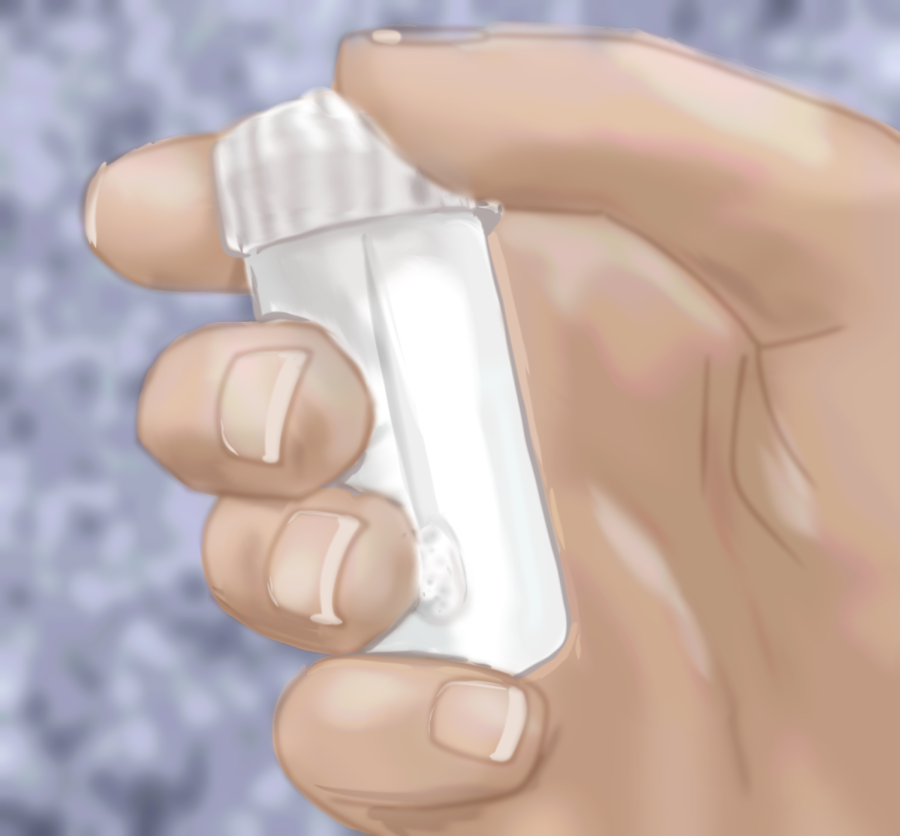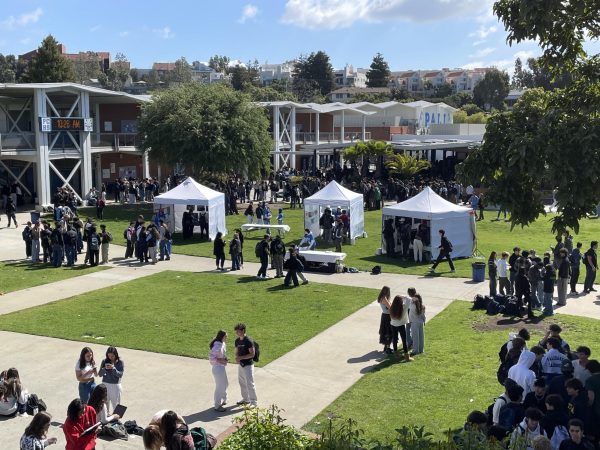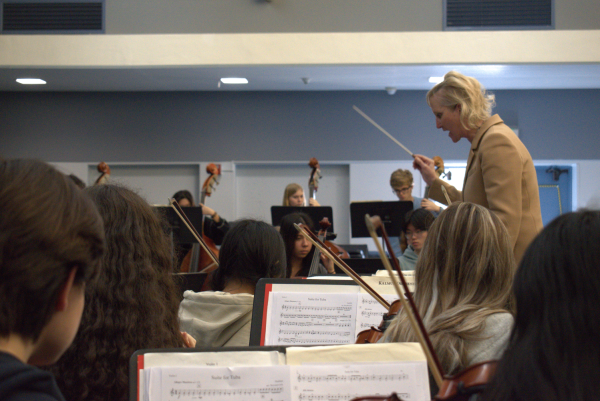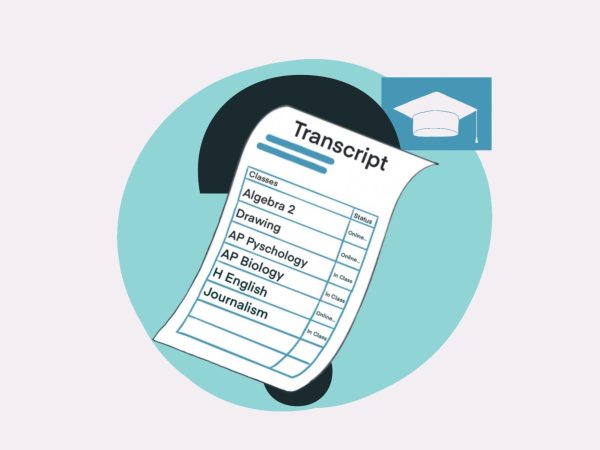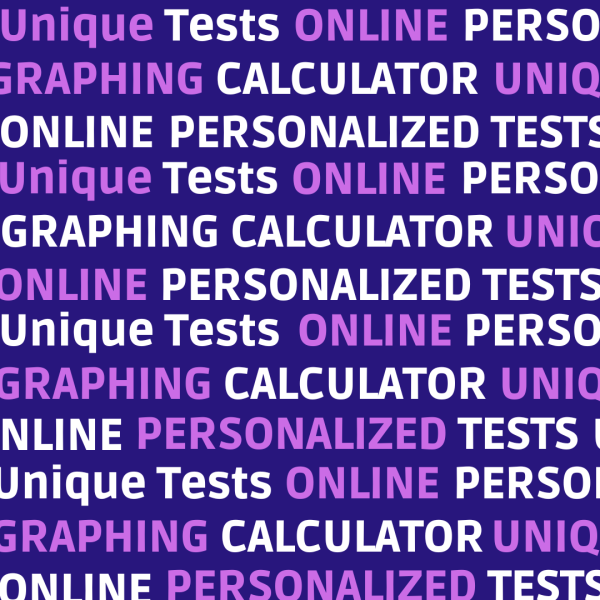Lab Addresses Issues that Led to Errors in COVID-19 Test Results
Beginning in the first few weeks of the second semester, Pali students began noticing errors with the school’s COVID-19 testing sites, as students reported receiving false positives and other people’s test results.
Despite the declining daily COVID-19 cases in Los Angeles, extensive health protocols still remain in place at Pali, including COVID-19 tracking systems and quarantining after a positive result. As of March 21, wearing masks became optional on campus. Additionally, students and staff continue to test weekly, with testing sites located near bus stops, at the student store, behind the library and in the lower stadium parking lot.
Junior Ava Wolff said she received a false positive result after testing at the football field parking lot site during the first week of the spring semester.
“I was sure that my COVID test was a false positive because I had over five [negative] PCR tests from two days after I received my false positive,” Wolff said. She also took two more rapid tests, each of which was negative.
Another Pali junior who requested anonymity said they also received a false-positive result after testing at one of Pali’s sites.
“I had never received my test results and only found out that I had a positive when the nurse emailed my dad,” they said. “I only knew [that] my false positive was confirmed when I went back [to Pali] the next two days to test again. Both came back negative.”
The student who requested anonymity said that they went to an independent testing site, where they received further confirmation that they did not have COVID-19.
Junior Aaron Tehrani’s points to another serious issue involving Pali’s testing facilities. Tehrani said he received test results via email that were not his, saying that the correspondence displayed the name of another Pali student.
“I had to go on my own to get retested a handful of times because they sent someone else’s result,” Tehrani said.
An on-campus testing assistant who requested anonymity said that these errors likely stemmed from the high volume of daily tests received by the Pacgenomic labs.
“We don’t only get tests from Pali, which itself already sends in hundreds of vials every day,” the worker said. “We have stations set up at other schools, which means our laboratory receives a couple thousand tests on a daily basis.
“The reason why some people might get tests with wrong names is that we have patients handwrite their names onto stickers before using a swab,” they added. “Oftentimes, we can’t read their handwriting and some even write wrong birthdays, which makes it harder for the people at the lab to track who should get which result.”
To eliminate these errors, the worker said that the testing team has recently started using new labels for their COVID-19 tests. The new labels include prompts asking for the individuals’s first name, last name and date of birth.
This new protocol has “greatly reduced” the number of clerical errors, the worker said. However, some students still “cannot grasp the understanding of what the label is asking for,” the worker said.
Unlike Tehrani, who had no active positive cases under his name and was able to attend school after getting correct negative results, Wolff said that because of her false positive test, she was required to abide by Pali’s health guidelines and complete a mandatory five-day quarantine.
“I could not attend school for multiple days and missed classes that I need to be in attendance for in order to facilitate optimal education,” Wolff said.
Now that the new protocols are in place, there is reason for the Pali community to be confident in the accuracy of their reported test results.
“With the [Omicron] variant easing, we are receiving less tests and less problems as a result,” the worker said. “We, the students and testers, should all work to eliminate these testing problems.”

Jinheon Kim is a third-year student in the Tideline class. Aside from journalism, Jinheon likes to practice the cello, listen to music and meet with his...
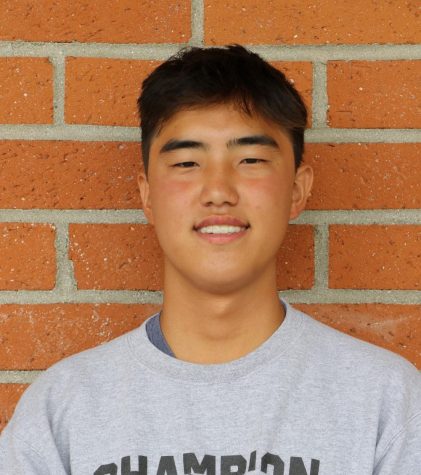
Spencer Jung is a senior at Pali and will serve as the Copy Editor at Tideline for the 2021-22 school year. He is a member of the water polo and swim team...
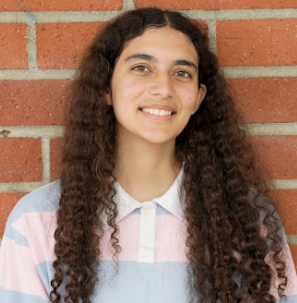
Leela Rao, a Senior, is Tideline’s current Managing Editor. She was an illustrator at Tideline for two years and has a passion for art and literature.


